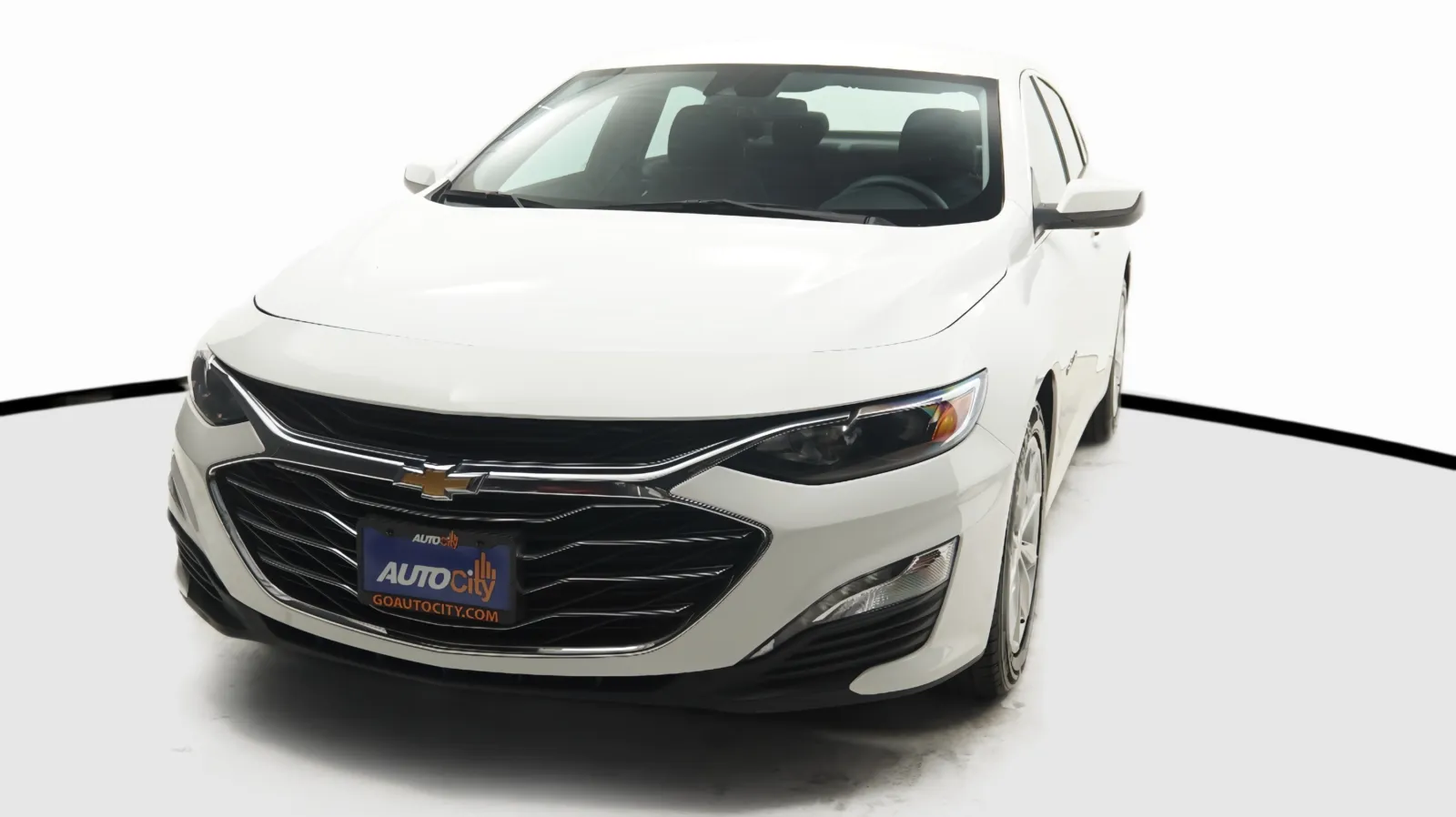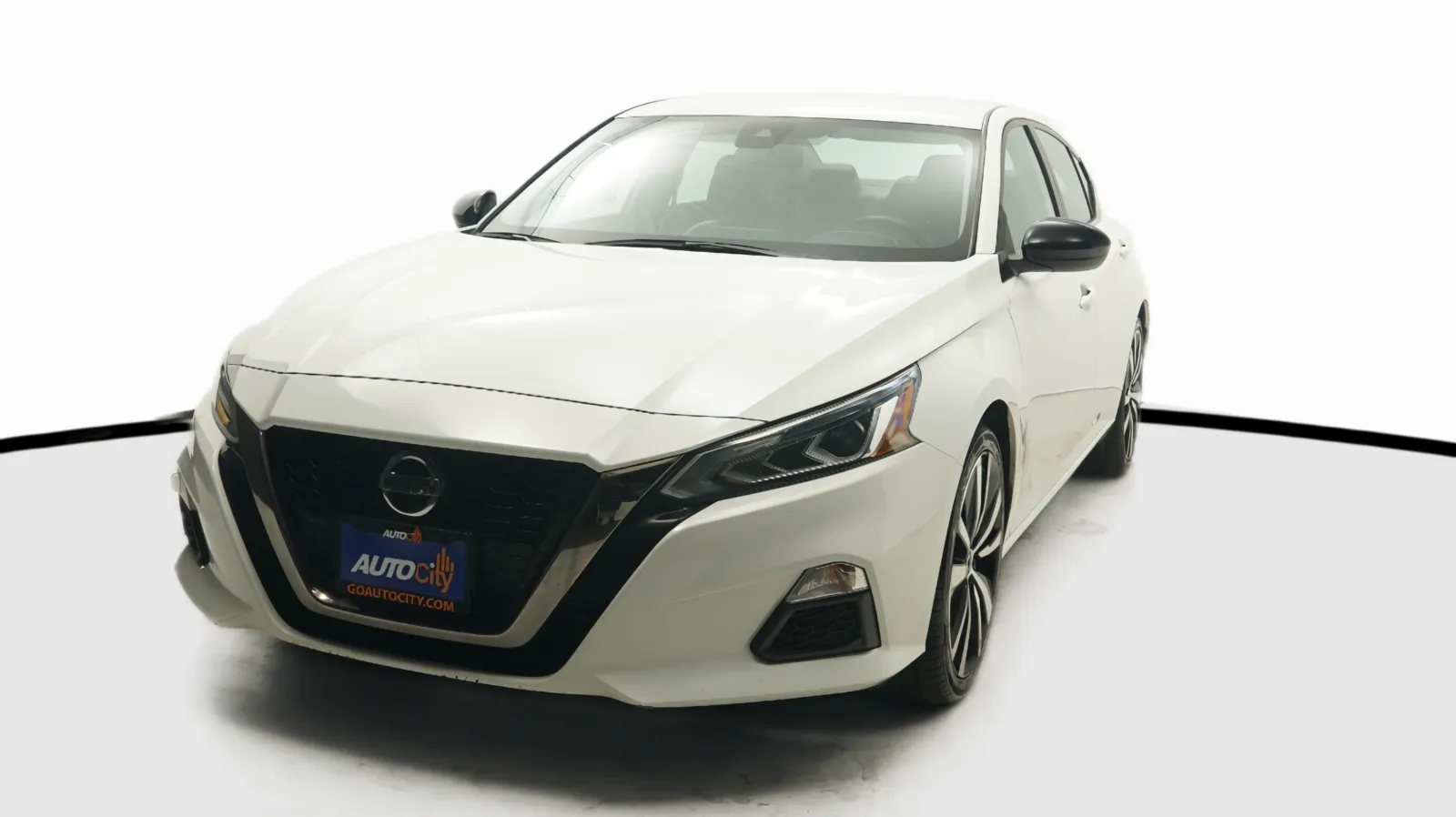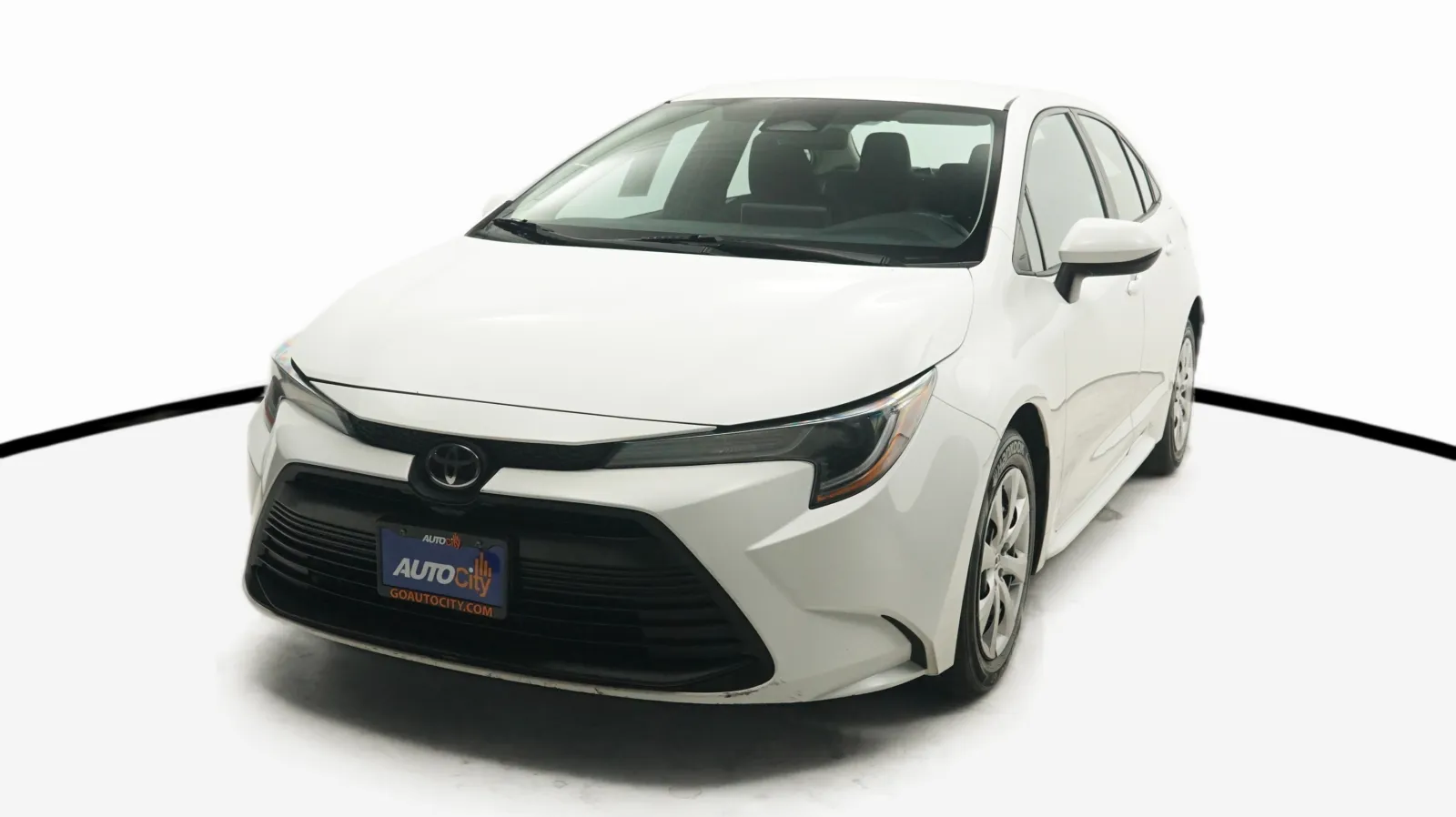The Quick and Dirty "How to Maintain Your Car" Guide
The Quick and Dirty “How to Maintain Your Car” Guide

So, you bought a car. Congratulations, you’re well on your way to increased freedom and mobility! It’s a great feeling starting out in a new car or used car – everything is new, or at least new to you. Still, if you don’t maintain your car, those good feelings won’t last very long, as neglected and abused cars quickly degrade. If you don’t take care of your car, performance will suffer, fuel economy will plummet, and it’ll cost you more to drive. A neglected car could even become unsafe for you and those around you. Fortunately, maintaining your car isn’t all that difficult. Indeed, it starts before you even turn the key, educating yourself on how to maintain your car.
Regular maintenance is the key to preserving your vehicle’s appearance, performance, fuel economy, and reliability. The average car is made up of some 30,000 parts, depending on how you count them and how complex the vehicle is – today’s vehicles are more complex than ever. Regular oil changes keep your engine running its best, while regular tire rotations improve tire lifespan. In the end, regular maintenance items like these also reduce running costs over the life of your car.
The truth is missing regular maintenance intervals can cost you thousands of dollars in future repairs, lost fuel economy, and collateral damage. For example, tire rotations are suggested every 5,000 miles, maybe $100 per year, depending on your annual mileage, but skipping tire rotations might require you to replace them more often, easily doubling tire costs. Modern spark plugs tend to last around 100,000 miles but ignoring worn spark plugs could lead to poor fuel economy, poor performance, engine damage, even catalytic converter burnout, an exceptionally-expensive repair. Regular maintenance costs a little up front but saves a lot in a long run. There are a few ways you can reduce vehicle running costs when buying a car.
Extended Warranties and Service Contracts

When you buy a new car, the new car warranty is a guarantee that it’ll function for a set time and mileage, such as 48 months or 50,000 miles, whichever comes first. If something fails in the warranty period, the automaker fixes it at no cost to you. Some new cars also come with free maintenance for a certain period or mileage. Of course, you paid for this when you bought the car, but it’s great protection if you are regular. Used cars have other options available, such as extended warranties and service contracts .
Used cars may come with an extended warranty, particularly if it’s a reputable dealership or a certified pre-owned car. The extended warranty goes a bit beyond the original factory warranty, again for a specified time and mileage. When considering what the extended warranty covers, be sure to read the fine print. This will specify which components are covered by the warranty and when the warranty begins and ends. For example, an 84-month 100,000-mile extended warranty count from the original in-service date, mile 0, while a 24-month 24,000-mile warranty may count from when you purchase the vehicle.
Service contracts are a little different, and function something like collision insurance. You pay into the program, basically hoping that you’ll never have to use it. Given that many drivers, at least a third, don’t have enough money saved in case of a major auto repair, a service contract might be a good idea. In case something major goes wrong, the service contract will cover the repairs. Otherwise, setting up a separate car repair fund, saving $50 to $100 per month, is another way to be prepared.
DIY Auto Repair Everyone Can Do

Still, though warranty and contract programs protect you in case you need repairs , regular maintenance is something altogether different. Maintenance is prevention, and the cheapest auto repair is the one you prevented in the first place. The second-cheapest auto repair is DIY auto repair . Every driver, guy or girl, professional or blue collar, mechanically- or artistically-inclined, can easily keep tabs on their vehicle, aside from regular refueling and car washes. You can maintain your car with just a few tools and your car owner’s manual. Check and adjust tire pressure every week or two – it only takes ten minutes. Add a few minutes and you can also check and adjust critical fluid levels, such as engine oil, engine coolant, brake fluid, and washer fluid. Windshield wipers take just a few minutes and usually require no tools at all.
If you have more time and a few more tools, there are more things you can do to keep your car running great. Rotating tires requires a jack, jack stands, and a torque wrench. Changing engine oil can be done in your driveway – consider the many benefits that synthetic oil offers – and replacing the engine air filter and cabin filter may not require any tools. When shopping at auto parts stores, be wary of overblown claims that a certain performance additive can deliver better performance or fuel economy. The best they can really do is restore lost performance due to lack of maintenance.
When driving, be sure to pay attention to the tire pressure monitoring system (TPMS). Even if you’re checking tire pressures every week, problems on the road can lead to a loss of tire pressure. The TPMS warning light lets you know at least one tire is too low, which can be dangerous. Not only does low tire pressure impact handling, braking, and fuel economy, it can also lead to a tire blowout.
There are times that you may not want to do it yourself, but don’t simply let car maintenance and repair go unattended. Instead, seek out professional auto repair shops to maintain your car.
Seeking Professional Auto Repair

One thing you’ll note when looking for professional auto repair is how expensive auto repair seems to be. This is to be expected, though, because there is a lot of overhead running and maintaining a shop, not to mention its technicians. In some cases, a single piece of shop equipment can cost up to $50,000. Top-level auto repair technicians maintain toolboxes and specialized tools that might cost nearly as much to replace. Additionally, you’re paying for thousands of hours of specialized auto repair training and real-world experience to maintain your car and repair it right the first time. This is especially true of check engine light repairs and auto diagnostic services.
When seeking professional auto repair, though, don’t shop price , because cheaper doesn’t always equate to better value. What good is a lower labor rate or cheaper part if the labor is inexperienced or the part is of lower quality? When considering an auto repair shop, look for good reviews, talk to friends and neighbors, and look for experience. Also, considering that cheap oil changes are only a tactic to get you in the door, realize that you may be oversold services and repairs you really don’t need. At the same time, this doesn’t mean all shops run this way, and regular oil changes and vehicle inspections are key to keeping your vehicle safe and reliable.
The Best Drivers Have the Best Cars

In addition to maintaining your car and repairing any problems as soon as they come up, driving your car well is a great way to help it last longer, perform better, and save money. You can reduce wear and save money on fuel by removing unnecessary weight and external accessories, like roof racks. Driving at a reasonable speed and maintaining your composure also improves fuel economy. Don’t forget to check out this list of driving habits that reduce wear and tear .
It seems like these are all little things, but it’s the details that add up to the whole picture, that of a reliable car that performs as it was designed and built. When you maintain your car and drive well, you’re setting up your car for a long life, not to mention fattening your wallet.











